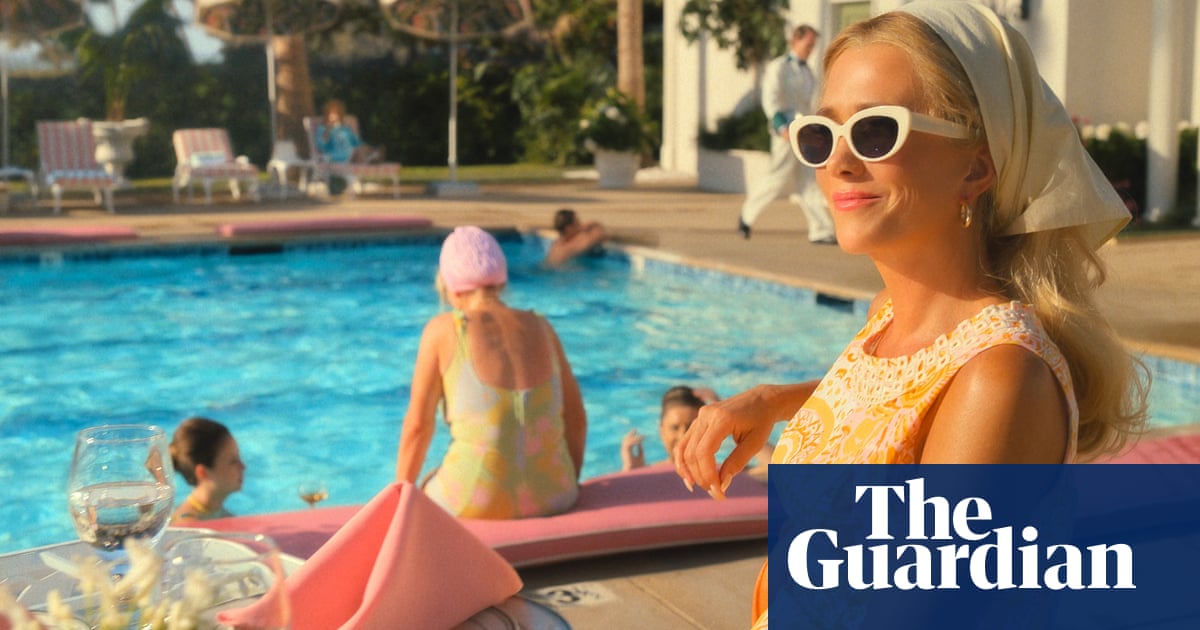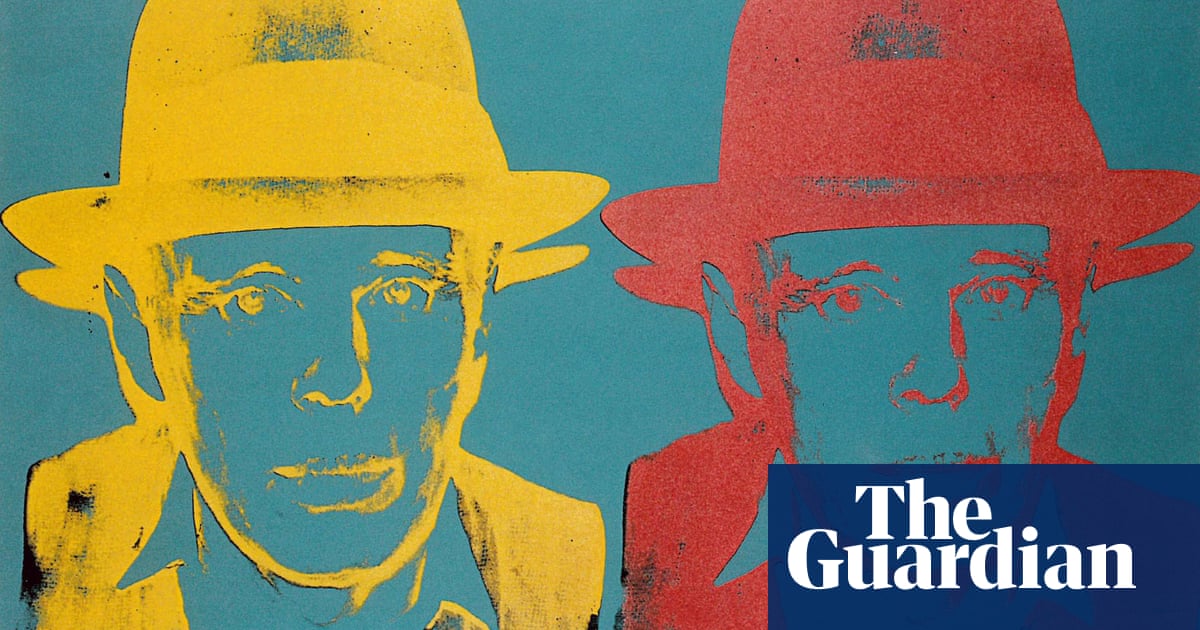
Barbra Streisand once waltzed in without ceremony, Jimi Hendrix was a customer, and John Lennon’s white limo would sometimes pull up outside. Salman Rushdie called it his “60s education in cool”. Granny Takes a Trip, the King’s Road boutique that opened in London in 1966 and became a countercultural hangout, is relaunching with a little help from the Rolling Stones.
Rushdie has written how “to the assorted heads and freaks who hung out there, it was the Mecca, the Olympus, the Kathmandu of hippy chic”.
Inspired by the irreverent spirit of the original, the 2024 digital iteration will work only with secondhand clothing and deadstock fabrics. Looking to the brand’s musical roots, excess clothing from the musical merchandising industry will be transformed into limited edition garments.
The retailer’s chief executive, Marlot te Kiefte, hopes to evoke a similar mood as the original and inspire people to “take a step back and appreciate fashion”. She draws a parallel between the 2020s and the 1960s, with widespread political upheaval, a rise in collectivism, as well as an interest in wellbeing, spirituality and psychedelics.
The relaunch comes amid a wider resurgence of 60s culture and fashion. The recent collaboration between the fashion writer Leandra Medine Cohen and the French brand Soeur has helped usher in a revival of shrunken polo shirts, shift-dress shapes, spacey metallics and short hemlines.
On the small screen, Apple TV’s Palm Royale, set in Palm Beach in the summer of 1969, features the underdog Maxine Simmons who says: “The wealthiest descend to mix and mingle like crabs in a barrel.” But social climbing plays second fiddle to cat-eye sunglasses, headscarves and kaftans. The show’s Emmy-winning costume designer, Alix Friedberg, relies on vintage finds from Dior, Emilio Pucci, Givenchy, Chloé and Chanel.
On the silver screen last year, Sofia Coppola’s film about a young Priscilla Presley put 60s fashions – beehives and all – centre stage. While in London, a show celebrating all things Biba opened last month at the Fashion and Textile Museum. Founded in 1964, it was one of the world’s first lifestyle brands.
The 60s have come out swinging in high fashion too. At Dior, the designer Maria Grazia Chiuri referenced Miss Dior, the ready-to-wear line launched in 1967, for a collection that was soundtracked by the 1969 hit Je T’aime … Moi Non Plus by Serge Gainsbourg and Jane Birkin. At the Chanel show in Manchester in December, there was a hat-tip to the 1960s via baker-boy caps and tweed skirt suits in acid brights accompanied by Mary Janes. While at Celine, Twiggy acted as muse for the shift dresses and miniskirts.
The mood seems to be rubbing off on younger generations – on the secondhand site Depop, a favourite with gen Z, searches for miniskirts are up 30%, baker-boy hats by 17% and leopard print by 235%. Polo necks are also trending.
On Pinterest, searches for Biba are up 65% and searches for 60s styles, 60s outfits and shift dresses have risen by 30%. The number of people looking for leopard-print outfit inspiration has increased sevenfold.
What is behind the 60s resurgence? Fashion and the wider world is in a period of upheaval and, perhaps seeking comfort, is in an increasingly nostalgic mood.
The recent deaths of 60s style leaders may also be affecting the mood. Having made miniskirts fashionable, Mary Quant, who once described the garment as representing “life and tremendous opportunity”, died at 93, catalysing a moment of remembrance and celebration of her mark on fashion.
The late model and actor Birkin has continued to set trends in death as in life. Her death last summer has triggered a boom in fashion inspired by her signature Gallic style on resale sites such as Vestiaire Collective. And the overstuffed handbag with which she is associated has been a surprisingly far-reaching styling trick – on TikTok there are tutorials on how to Birk-ify your bag.
But this is about much more than the passing of style heroes. The fashion historian Tony Glenville says the decade may also be experiencing a revival because “the short clean look of much of the 60s is a great antidote to layering and volume”. He thinks that decade was “so different to now; it was optimistic and about change, rights, short skirts … It was all fun”.
In 2024, a financially strained time in the UK, when “we’re not socialising, not working and not having fun”, Glenville says the 60s may be particularly appealing. “[Looking back] through rose-tinted glasses, [people] were social, clubs [were] starting, [people were] out and about, exploring new things, [it was] possible … to have fun on little money.”












